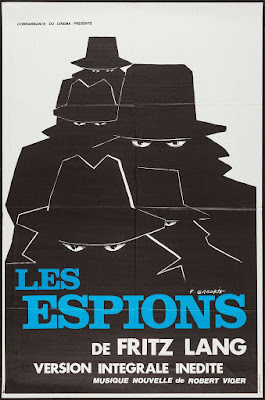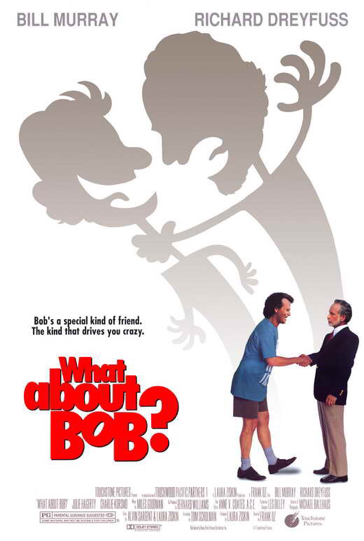A Random Cinematic Year In Review
1928
Preface: I have decided to write this series at least in part
because I don't make it out to see new films very often and I've found that I
spent too much time at the end of the year attempting to see all the big releases
(many of which I'm not even interested in) for no other reason than to make an
obligatory 'year end list'... This is a way that I can continue writing about
films without feeling the pressure to see a bunch of stuff that I wouldn't
otherwise take the time to. I'll still see most of them eventually, just on my
own time. I use a random number generator to pick a year and I use letterboxd.com to determine the actual release year.
The year
1928 was the last year of a time that would end up being coined “The Prosperity
Decade” by economists. It is primarily called this in retrospect because of the
economic contrast of the “Great Depression” years that immediately followed.
The good fortune of this time period also allowed for a significant amount of
both cultural and technological advancements. So grab your cloche hat and
flapper dress (I have no idea what I’m talking about) and let’s take a look.
The world of
medicine would see one of its greatest achievements in 1928. While everyone
else was busy dancing the Charleston and the Foxtrot, a Scottish physician
named Alexander Fleming was discovering penicillin while researching influenza.
Although it took about 14 years before it was used medically, this discovery
has become the basis for how we treat bacterial infections that previously
could have been life threatening. Today, billions of standard units of
penicillin are consumed worldwide, each year.
Next, maybe
the most recognizable figures of the past century was born in this year. Walt
Disney’s Mickey Mouse was featured in the short film, STEAMBOAT WILLIE. This
was one of the earliest films to successfully synchronize sound into and
animated cartoon. And the world would be forever changed. Today, the Walt
Disney Company is worth about $55 Billion.
And, where
would Mickey be today if it weren’t for another revolutionary invention of
1928? Appliance companies, RCA and GE installed the first 3 television “sets”
this year in Schenectady, New York. I had to put “sets” in quotation marks
because they were only 1.5 inches wide and there was nothing to watch on them.
Later that year, WGY, Schenectady began broadcasting regular TV programming. It
was a half an hour a day, three times a week, and it primarily focused on farm and
weather news.
This
invention would later prove to be the best thing since sliced bread. Back then,
that wasn’t really saying that much because guess what else was invented in
1928... That’s right, the Chillicothe Baking Company of Missouri was the first
to use Otto Frederick Rohwedder’s automatic bread slicing machine. Before that,
consumers had to slice their own bread like a bunch of suckers. I would have
starved to death.
Some great
films came out this year as well. Officially, we had entered the sound era a
year prior with THE JAZZ SINGER but all the best films were still silent. And
some of the greatest filmmakers in the world were doing great work.
EMERY'S NOTABLE 5
5 – SPIES (Directed by Fritz Lang)
This is a very
complex and twisted spy plot and at times, it’s hard to follow. But I think
that just adds to its overall charm. Like all of Lang’s films, there are
several scenes constructed absolutely beautifully here. He uses the running
time of 145 minutes to a great suspenseful effect. Every time I watch early
Lang, I can’t help but think of David Fincher.
4 – THE
CIRCUS (Directed by Charlie Chaplin)
Typical,
run-of-the-mill Chaplin is nothing to scoff at. If you’re into his work, it’s
hard to dislike anything he’s done. This film would mark the end of Chaplin’s
era of light-hearted comedies and it contains some of his best gags.
Considering the setting and Chaplin’s style, he probably could have made this a
longer flick. It clocks in at a lean 72 minutes. Interestingly, Chaplin was
originally nominated by the Academy for Best Actor. Instead, they decided to
remove his name from consideration and hand him an Honorary Oscar for
“versatility and genius in acting, writing, directing and producing THE
CIRCUS”…. He also edited this film and composed the score.
3 – THE
CROWD (Directed By King Vidor)
“MONTHS… ENDLESS
MONTHS. The crowd laughs with you always…. But it will cry with you for only a
day.”
This is a
story about the struggles of mediocrity and ambition in an industrialized
world. This film tackles themes that you wouldn’t typically expect to find from
this time. Personal identity and your own insignificance are subjects that we
see much more in modern cinema from filmmakers like Charlie Kaufman or Darren
Aronofsky. It’s actually very fascinating to see that yesterday’s population
faces the same trials and tribulations that are so prevalent today.
2 – STEAMBOAT
BILL JR. (Directed by Buster Keaton & Charles Reisner)
Although
this is not my personal favorite Keaton film, it has a great collection of some
of his best stunts. Keaton meticulously engineered his stunts with the utmost
precision and it’s always amazing. Some of the stuff he pulled off was
incredibly dangerous. There’s no possible way that this type of filmmaking
would fly in today’s industry. I’m sure glad they captured it on film.
1 – THE PASSION
OF JOAN OF ARC (Directed
by Carl Theodor Dreyer)
This is my
absolute favorite silent film and one of my favorite films period. Maria
Falconetti’s performance is often called the greatest ever in film, and for
good reason. Mesmerizing and heartbreaking, her face tells the story of a young
woman condemned to death for her unwavering faith. The despair that comes from
her brow alone is enough to break you in half. Her performance by itself would
make this a great film. But Dreyer’s direction along with Rudoph Maté’s
cinematography was absolutely revolutionary. Before this picture, the medium
was seen by many critics primarily as a lesser form of pulp entertainment. It
was not considered to have true artistic value. This film definitively ended
that debate.



















